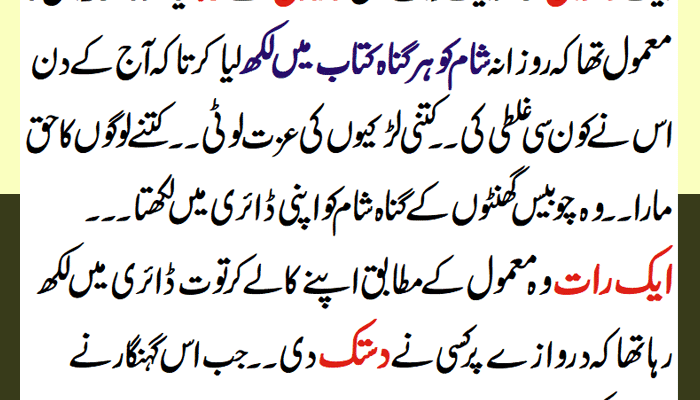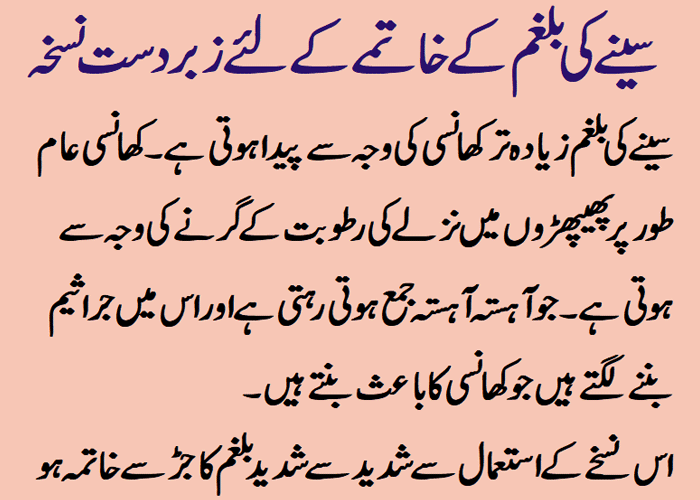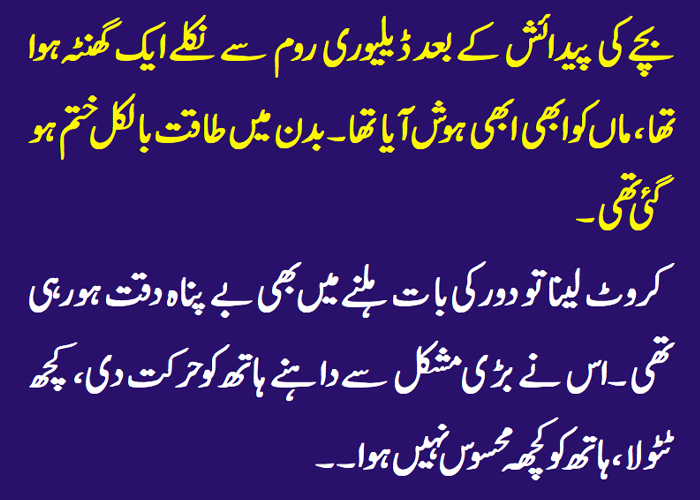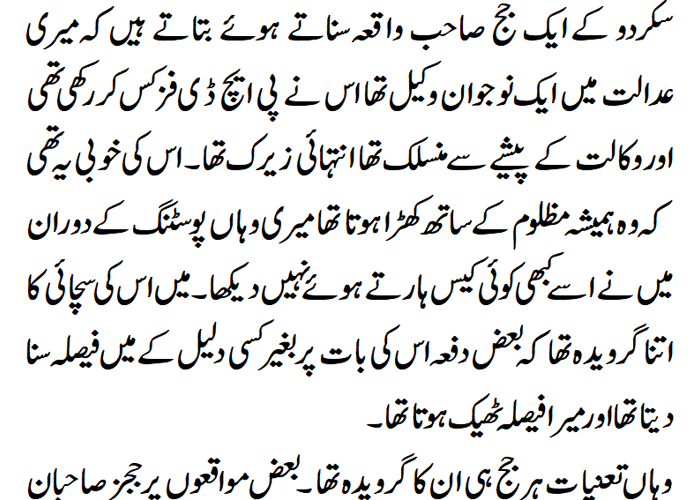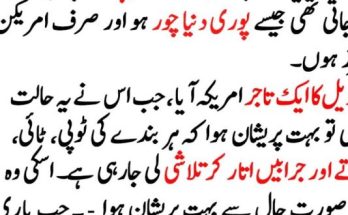Introduction
Maintaining good oral hygiene is essential for overall health, and regular dental cleanings and polishings play a pivotal role in achieving this goal. In this article, we’ll delve into the differences between dental cleaning and polishing, explore the benefits of each procedure, and provide insights into the associated costs.
Dental Cleaning:
Process:
Dental cleaning, also known as prophylaxis or scale and polish, is a professional teeth-cleaning procedure performed by a dental hygienist or dentist. It involves the removal of plaque, tartar (hardened plaque), and stains from the teeth.
Tools Used:
Ultrasonic Scaler: Uses vibrations and water to remove plaque and tartar.
Fine Hand Instruments: Scalers and curettes for precision cleaning.
Polishing Cup and Prophylaxis Paste: Smoothes and polishes tooth surfaces.

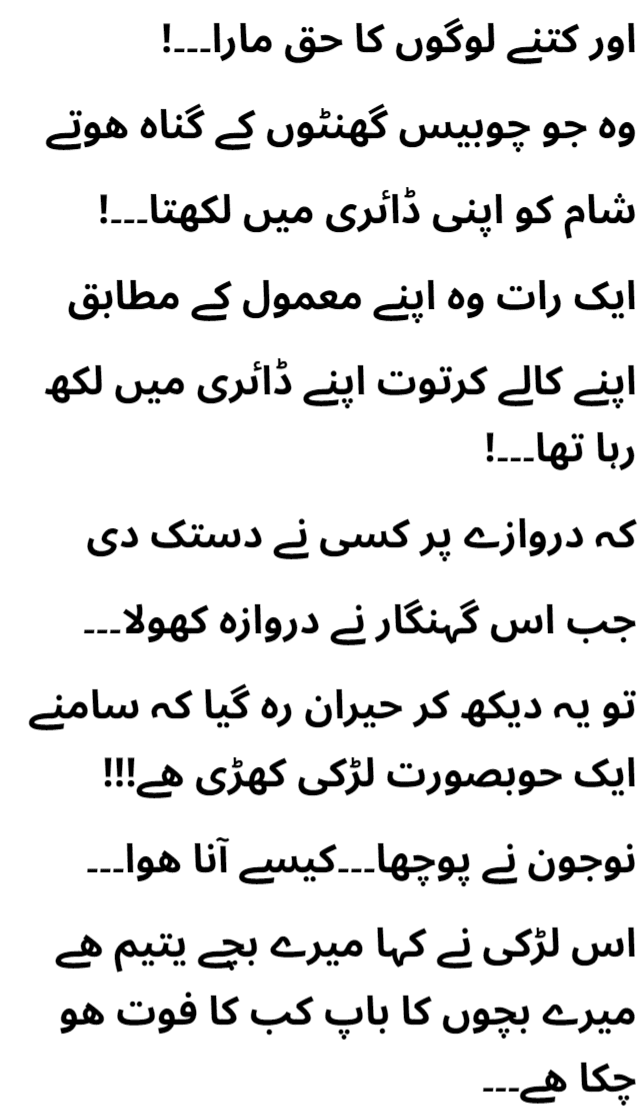
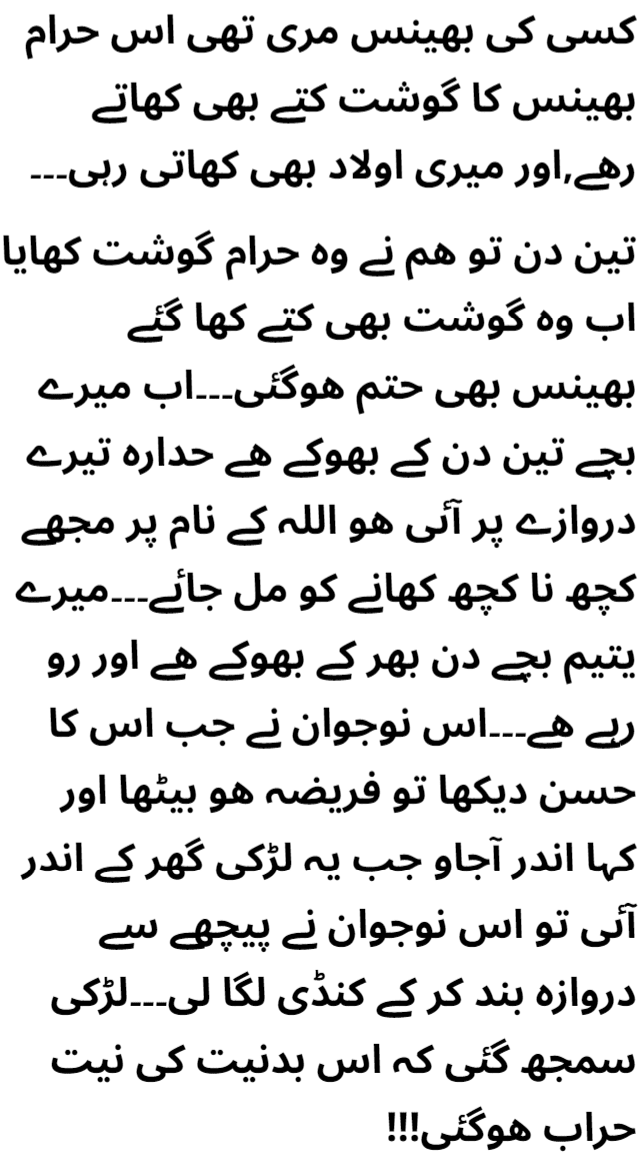
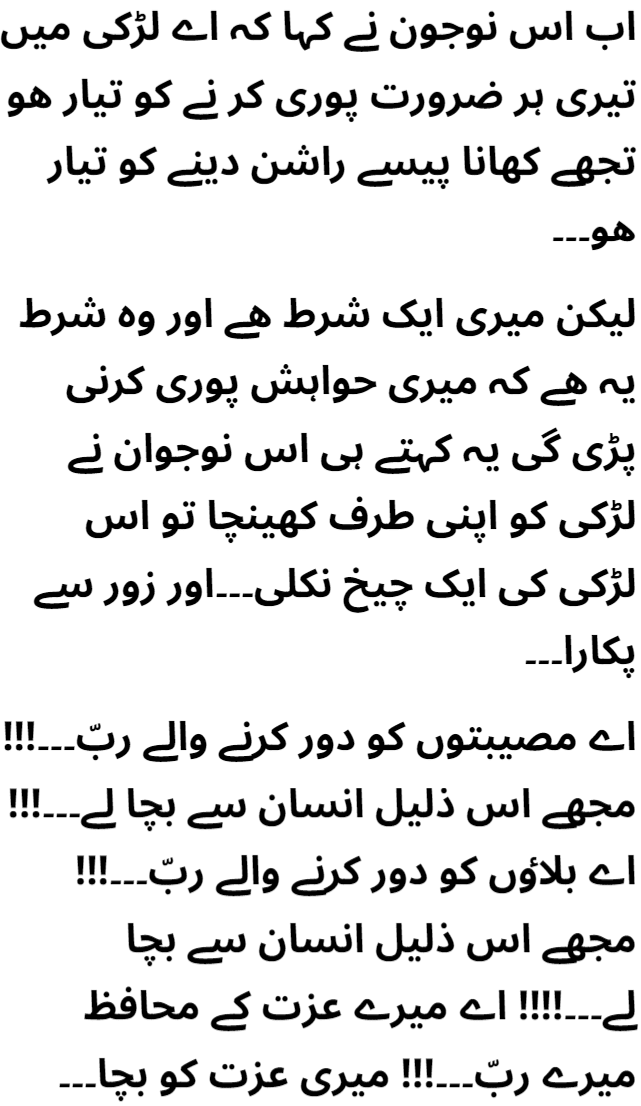
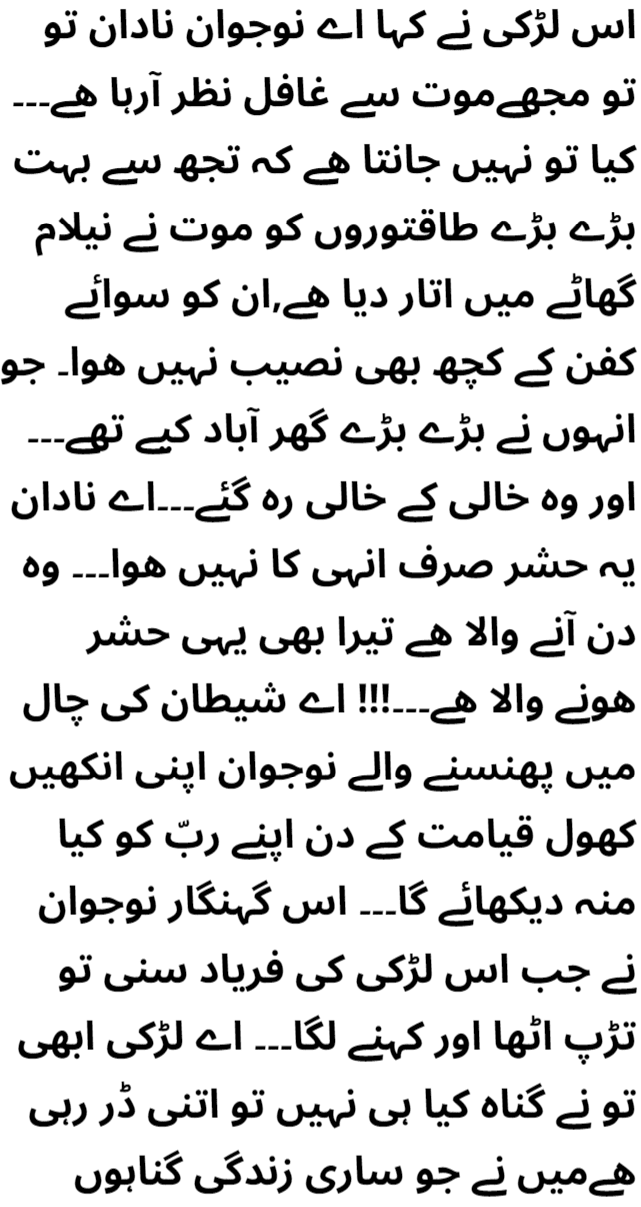



Benefits:
Plaque and Tartar Removal: Eliminates the buildup of plaque and tartar, preventing gum disease and cavities.
Preventive Measure: Regular cleanings help prevent the progression of oral issues.
Fresh Breath: Removes bacteria that can cause bad breath.
Stain Removal: Addresses surface stains, enhancing the aesthetic appearance.
Frequency:
Recommended every six months, but frequency may vary based on individual oral health needs.
Dental Polishing:
Process:
Dental polishing is often part of the cleaning process. After plaque and tartar removal, polishing involves smoothing and shining the tooth surfaces to make them resistant to future plaque accumulation.
Tools Used:
Polishing Cup: Typically made of rubber or soft materials.
Prophylaxis Paste: Abrasive toothpaste-like substance for polishing.
Rotary Polishing Instrument: A powered tool for more efficient polishing.
Benefits:
Smooth Tooth Surfaces: Enhances the smoothness of tooth enamel.
Aesthetic Improvement: Provides a shiny and polished appearance.
Plaque Resistance: Smooth surfaces are less prone to plaque buildup.
Improved Texture: Enhances the tactile sensation of clean teeth.
Frequency:
Generally performed during each dental cleaning session.
Cost Considerations:
Dental Cleaning:
Costs for dental cleanings vary based on location, the dental professional’s fees, and the extent of cleaning required. On average, a routine cleaning can cost between $75 to $200. Dental insurance often covers part or all of the cost.
Dental Polishing:
Polishing is typically included in the cost of a dental cleaning. However, if performed as a standalone procedure for cosmetic reasons, it may range from $30 to $100.
Conclusion:
In summary, dental cleaning and polishing are integral components of oral care, each serving distinct purposes. Dental cleaning focuses on the removal of plaque and tartar, while polishing enhances the aesthetic appearance and smoothness of tooth surfaces. Both procedures contribute to maintaining optimal oral health, preventing issues like cavities and gum disease. The costs associated with these procedures can vary, but the long-term benefits for your oral health are invaluable. Regular dental check-ups, cleanings, and polishings are key elements of a comprehensive oral hygiene routine.
